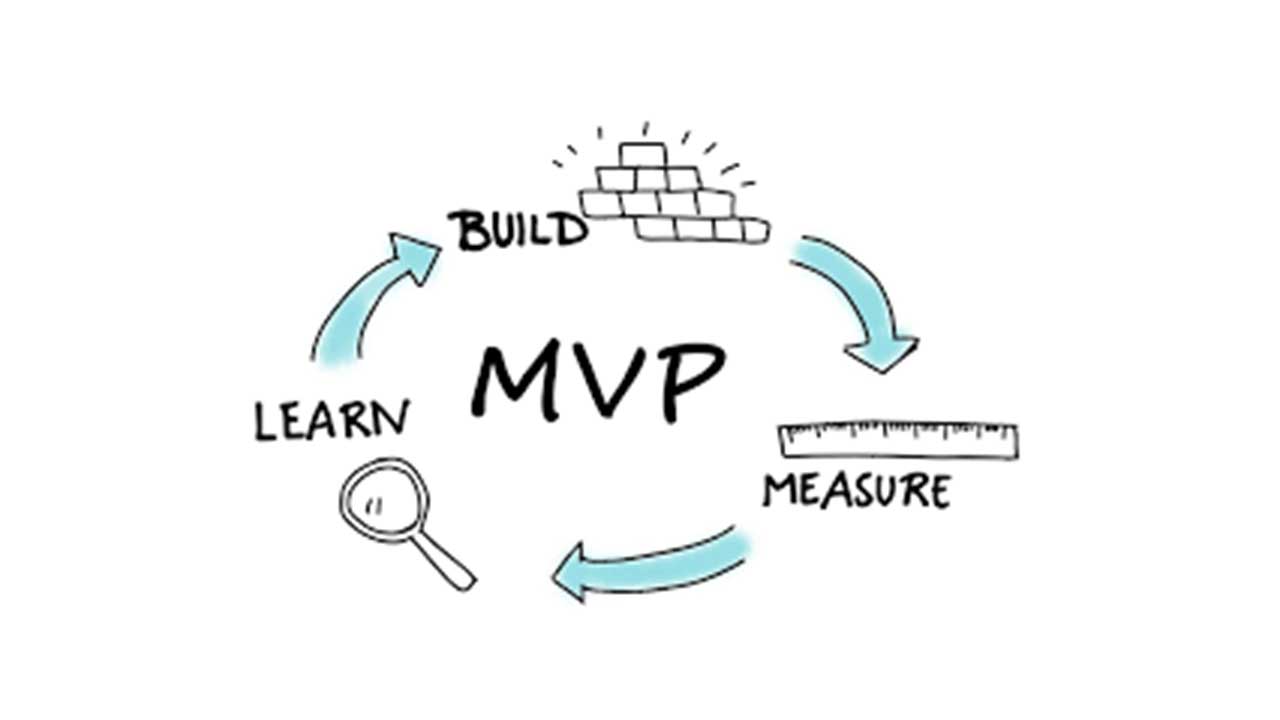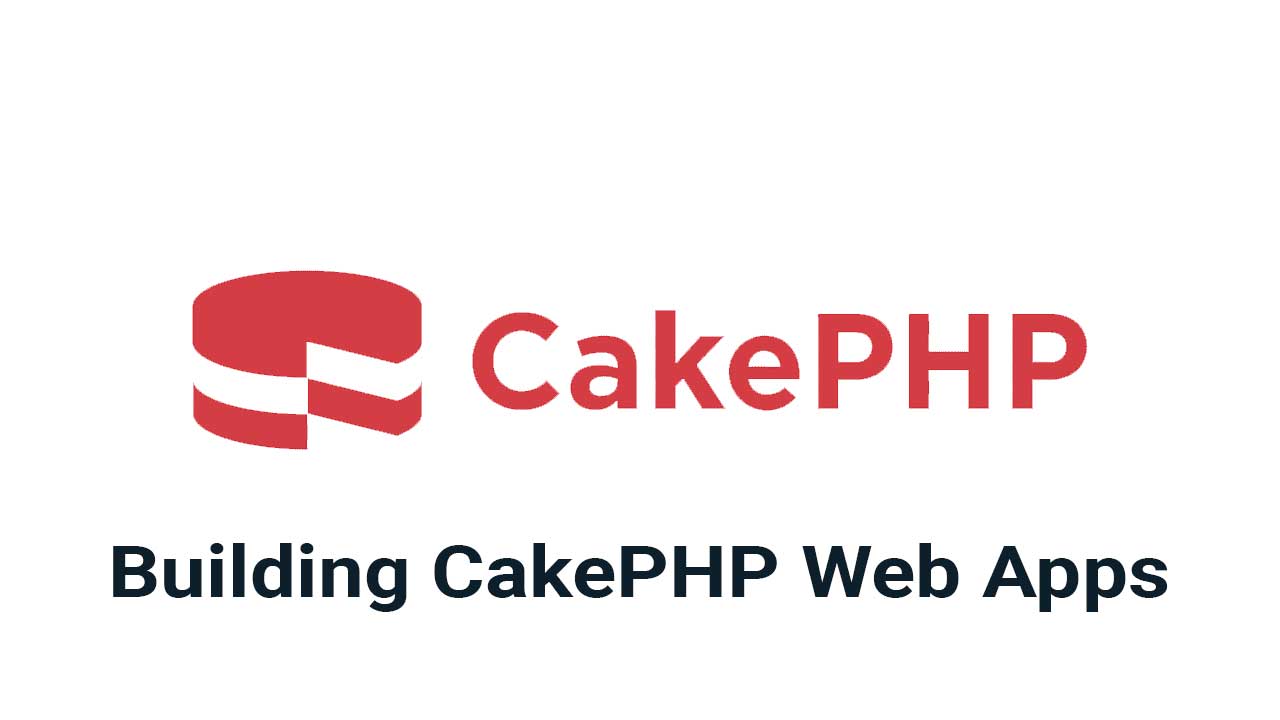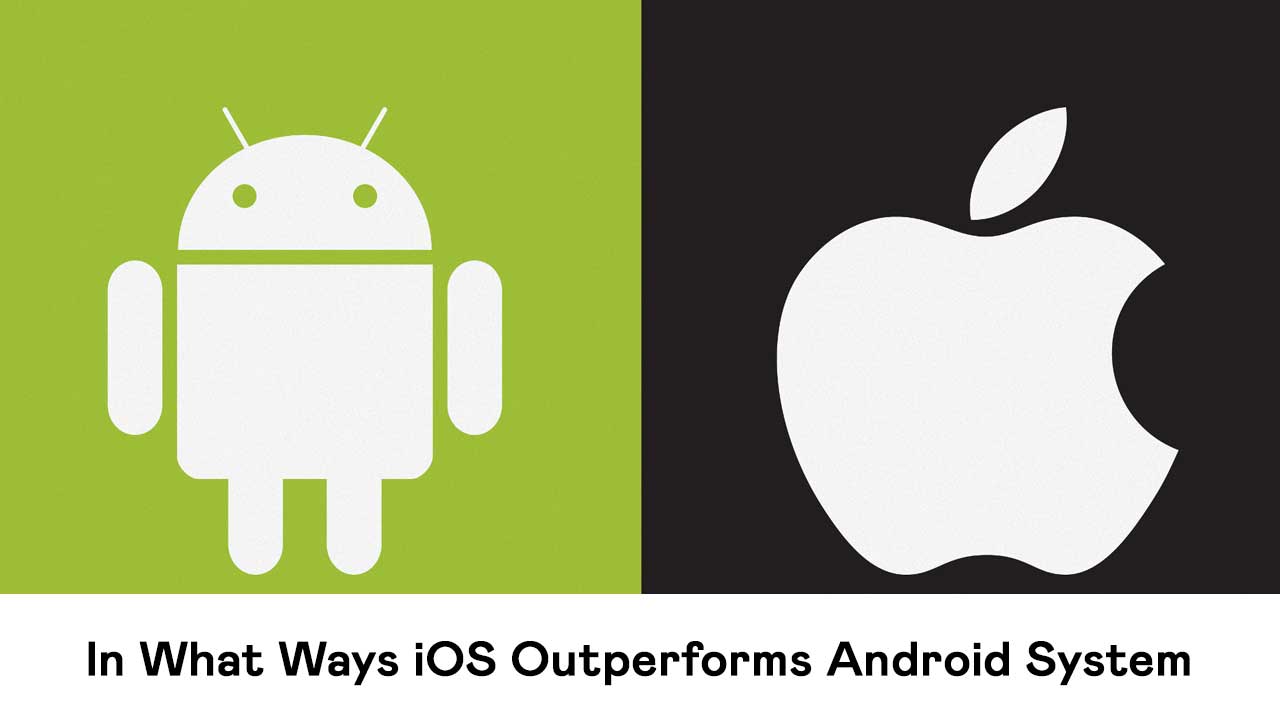How to Measure Website Performance
In today’s digital age, a website’s performance is crucial for user experience, search engine rankings, and overall business success. Slow-loading pages can lead to high bounce rates, low engagement, and decreased conversions. This blog will guide you through the essential metrics and tools to measure and optimize your website’s performance.
Key Metrics to Measure Website Performance
1. Page Load Time
Definition: The time it takes for a webpage to fully load.
Importance: A faster load time improves user experience and reduces bounce rates.
Tools: Google PageSpeed Insights, GTmetrix, Pingdom.
2. Time to First Byte (TTFB)
Definition: The time it takes for a user’s browser to receive the first byte of data from the server.
Importance: A shorter TTFB indicates a more responsive server.
Tools: WebPageTest, Chrome DevTools.
3. First Contentful Paint (FCP)
Definition: The time it takes for the first piece of content to be rendered on the screen.
Importance: An important metric for perceived load speed.
Tools: Google Lighthouse, WebPageTest.
4. Largest Contentful Paint (LCP)
Definition: The time it takes for the largest content element to become visible.
Importance: A critical metric for user experience.
Tools: Google Lighthouse, Chrome User Experience Report.
5. First Input Delay (FID)
Definition: The time from when a user first interacts with your site to the time when the browser responds.
Importance: Measures interactivity and responsiveness.
Tools: Google Lighthouse, Chrome User Experience Report.
6. Cumulative Layout Shift (CLS)
Definition: The sum of all individual layout shift scores for every unexpected layout shift that occurs during the entire lifespan of the page.
Importance: Ensures visual stability.
Tools: Google Lighthouse, Chrome User Experience Report.
Tools for Measuring Website Performance
1. Google PageSpeed Insights
– Provides insights into both mobile and desktop performance, offering suggestions for improvement.
2. GTmetrix
– Offers detailed performance reports, including waterfall charts and video playback of page loads.
3. Pingdom
– Provides a simple and effective way to monitor website speed and uptime.
4. WebPageTest
– Offers advanced testing features, including multi-step transactions and video capture.
5. Google Lighthouse
– An open-source tool for auditing performance, accessibility, progressive web apps, SEO, and more.
Best Practices for Optimizing Website Performance
1. Optimize Images
– Compress and resize images to reduce load times.
2. Minimize HTTP Requests
– Reduce the number of elements on a page to minimize HTTP requests.
3. Use a Content Delivery Network (CDN)
– Distribute content across multiple servers to improve load times.
4. Leverage Browser Caching
– Enable caching to store some of your site’s data on users’ browsers.
5. Minimize and Compress Code
– Minify CSS, JavaScript, and HTML to reduce file size.
Conclusion
Measuring and optimizing website performance is essential for providing a seamless user experience and maintaining a competitive edge. By focusing on key metrics and utilizing the right tools, you can ensure your website operates efficiently, keeps users engaged, and supports your business goals.
FAQs
Q1: Why is website performance important?
A1: Website performance is crucial because it affects user experience, search engine rankings, and overall business success. Faster websites lead to higher user engagement, lower bounce rates, and better conversion rates.
Q2: What is a good page load time?
A2: Ideally, a page should load within 2-3 seconds. Anything longer can lead to increased bounce rates and decreased user satisfaction.
Q3: How often should I test my website’s performance?
A3: Regular testing is recommended, especially after making changes to your site. Monthly or quarterly checks are a good practice to ensure ongoing performance.
Q4: Can a slow server affect my website’s performance?
A4: Yes, a slow server can significantly impact TTFB and overall page load time. Using a reliable hosting provider and optimizing server settings can improve performance.
Q5: What is the difference between FCP and LCP?
A5: FCP measures the time until the first piece of content is rendered, while LCP measures the time until the largest content element is visible. Both are important for assessing different aspects of load performance.









